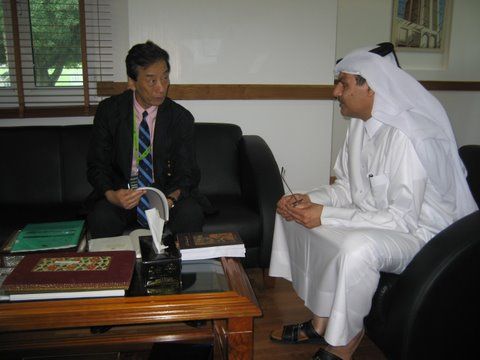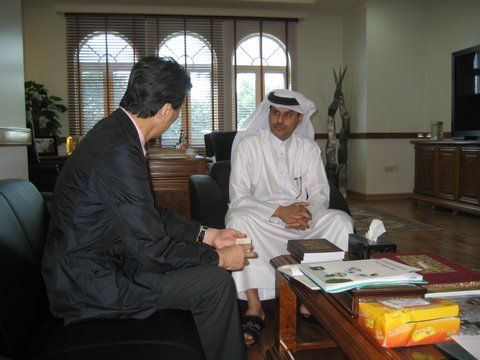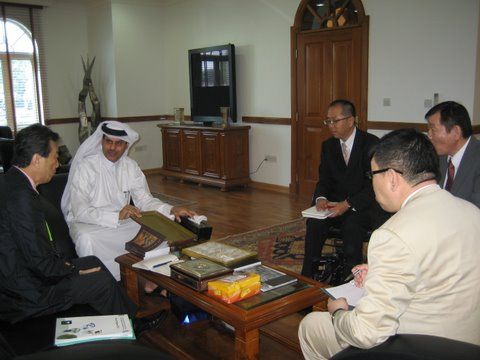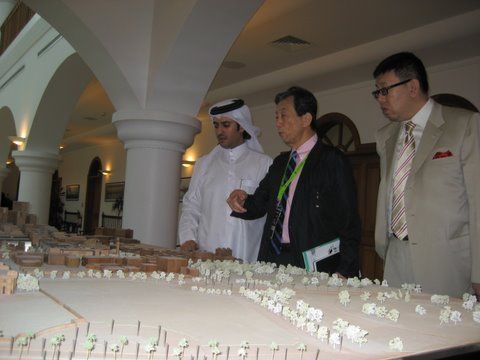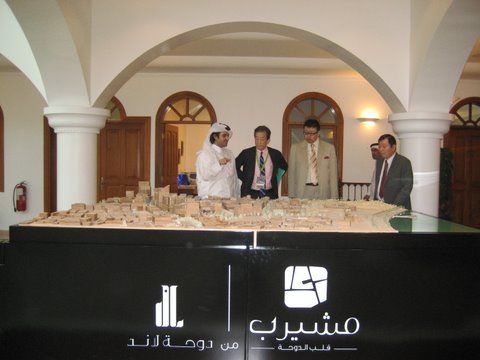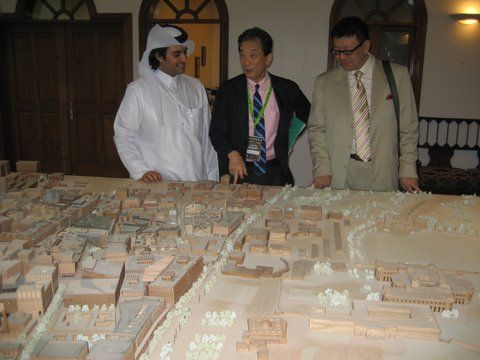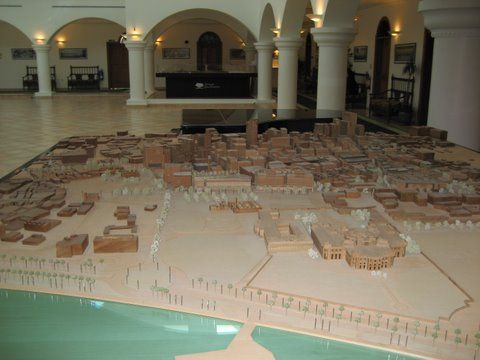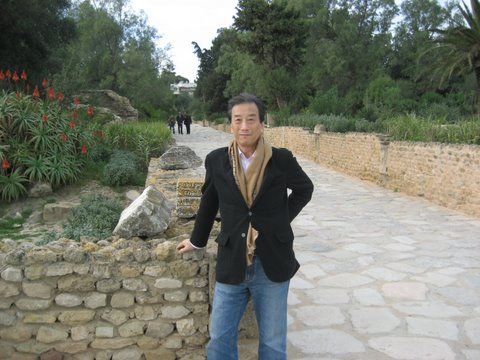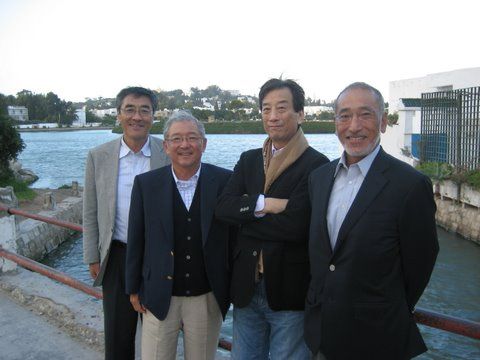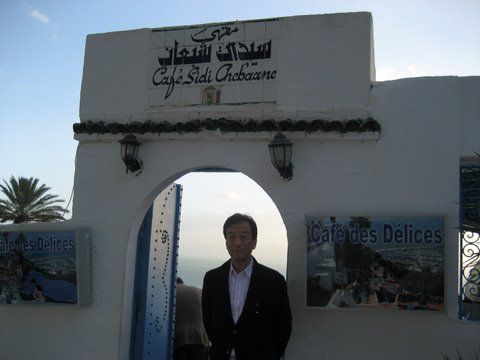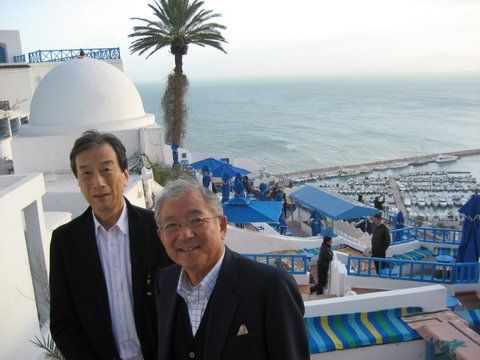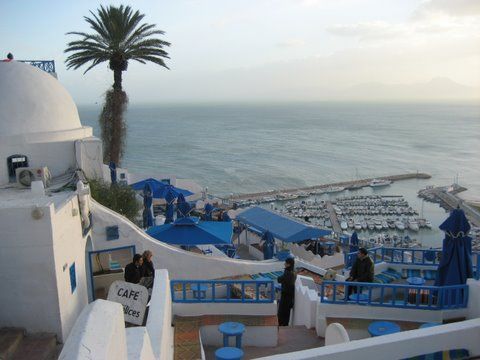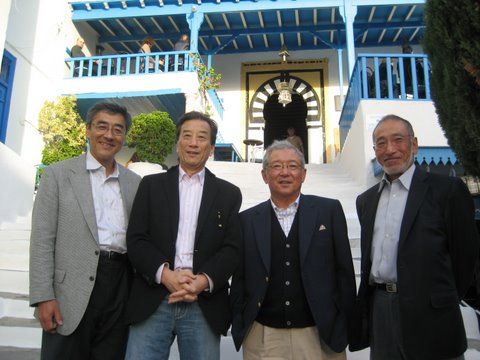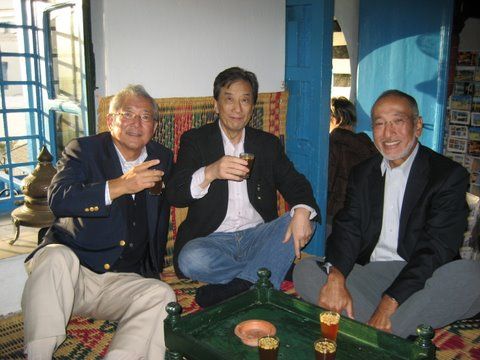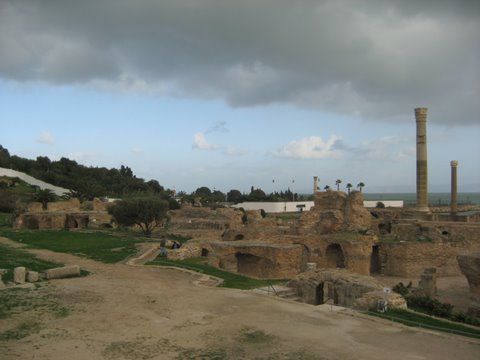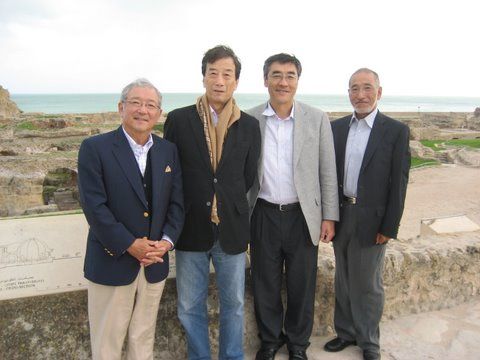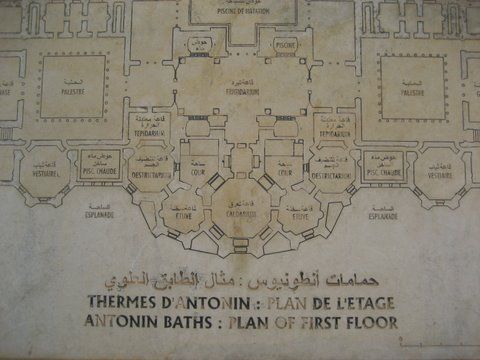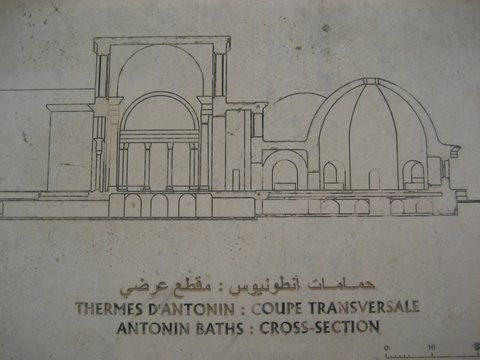Recently, I notice many articles and reports on insular mindset of Japanese youth in Japanese media. Is this really so?
The other day, I attended a symposium, and here again, the topic was discussed. I said that my view was a bit different. The content of my lecture overlaps with my lecture at my Keio SFC class. Mr. Koiwai at JST kindly summarized my speech well. The title of my lecture is ‘Recommendation to Take a Leave of Absence from School ? What Are the Characteristics That Japan Seek in Its Human Resource?’ (in Japanese).
People have different views on this issue. I am not surprised. For instance, I agree with the view expressed in the article; “The Deceit in ‘Japanese Youth are Insular Minded’” (Ref.1, 2)(all in Japanese).
How are Japanese Universities (Ref.1 both links in Japanese) (Ref.2, 3 in English) doing in this global age?
Are current employment systems in big industries (such as notifying students that they have been hired in the 3rd year in college) (cf. Pasona case) good today? It seems to me that too many institutions are unable to shift from conventional practice.
As I always say, I think the number of people who left Japan as an individual, free from institutions, is very limited amongst the generation of our current university students’ parents. The same, I suppose, can be said with the generation before them. The majority of people who went abroad for business or for international study were, I assume, supported by their companies or government offices.
It is so important to encourage and support youth to develop their career in global settings, to help them find things they truly want to do, and to assist in building human networks within this rapidly changing world. It is our responsibility to help the young who have our future to see, feel, and think about the outside world. They need to do this as independent individuals, even for just a short period of time.
As I have seen, I think ‘Recommendation to Take A Leave of Absence From School’ (Ref.1,2) might be the best advice.
